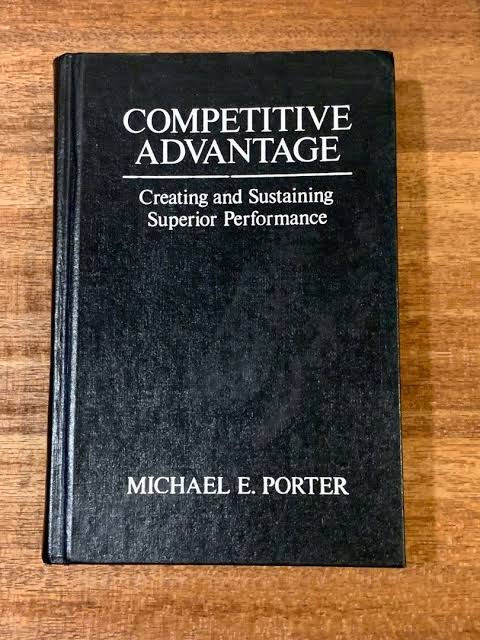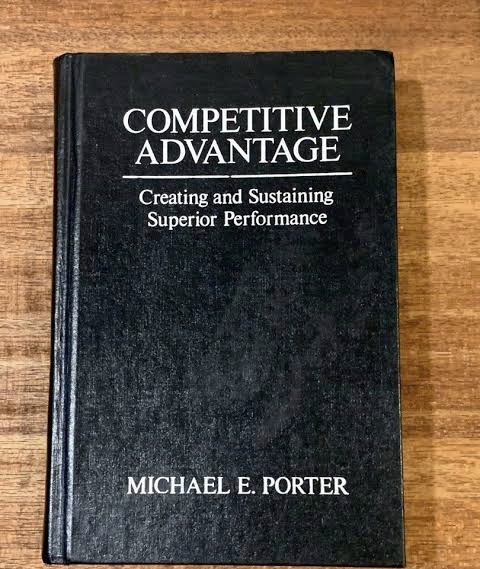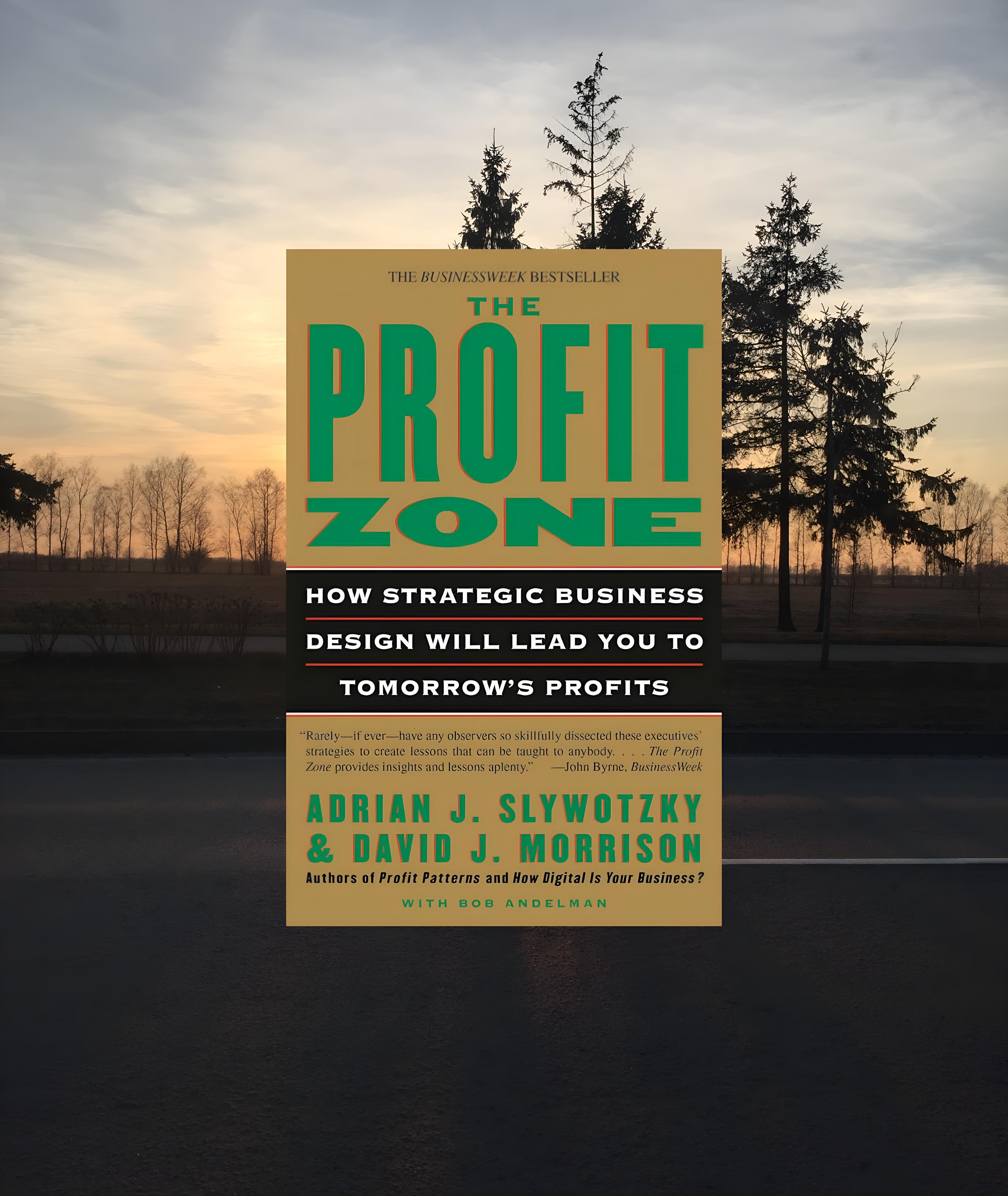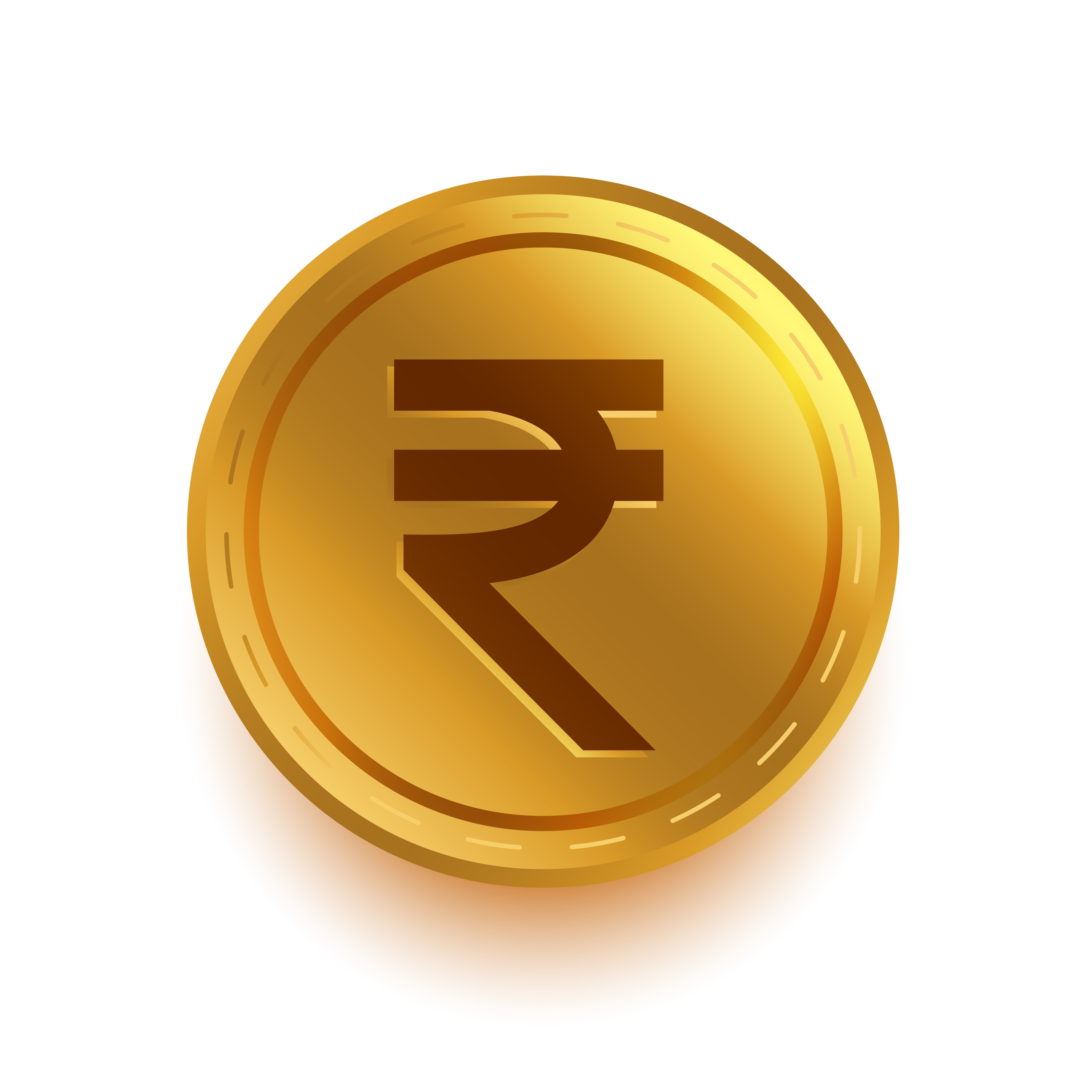Back
SHIV DIXIT
CHAIRMAN - BITEX IND... • 1y
📖 DAILY BOOK SUMMARIES 📖 🔗 DIRECT FREE E-BOOK DOWNLOAD LINK AVAILABLE — https://drive.google.com/file/d/1AG_X1jRdbB7dJjxYG7scz4upS04WkuV7/view?usp=drivesdk 🔥 Understanding Michael Porter 🔥 🚀 20 Lessons 👉 ✨ By Joan Magretta ✨ 1. Michael Porter's Core Concepts • Provides an in-depth explanation of Porter's frameworks on competitive strategy, including the Five Forces Model and Value Chain Analysis. 2. Five Forces Framework • A tool to assess industry attractiveness and profitability by analyzing competition, potential entrants, supplier power, buyer power, and threat of substitutes. 3. Industry Structure • Highlights the importance of understanding an industry’s structure to predict profitability and make informed strategic choices. 4. Competitive Advantage • The ability of a company to create value in a way that rivals cannot easily replicate, providing a sustained edge over competitors. 5. Two Types of Competitive Advantage • Cost leadership (offering lower prices through efficiency) and differentiation (offering unique features or services). 6. Creating Value • Emphasizes the need to create value for customers in a way that is distinct and difficult for competitors to imitate. 7. The Value Chain • A framework that breaks down a company's activities to identify areas where value can be added and costs can be reduced. 8. Operational Effectiveness vs. Strategy • Operational effectiveness is about doing similar activities better than rivals, while strategy is about choosing to perform different activities. 9. Trade-offs in Strategy • Successful strategies require making trade-offs, deciding what not to do, to avoid trying to please everyone and diluting the company’s unique value. 10. Fit in Strategy • The alignment between a company's activities to create a cohesive system that reinforces its strategic positioning. 11. Competitive Scope • Defines whether a company focuses on a broad market (industry-wide) or a narrow market (focused strategy) to tailor its competitive approach. 12. Sustainable Competitive Advantage • Achieving long-term success by maintaining and continuously strengthening a unique strategic position. 13. Porter's Generic Strategies • Identifies three primary strategies: cost leadership, differentiation, and focus, to gain a competitive edge in the market. 14. Threat of New Entrants • New entrants increase competition and pressure on existing businesses, making barriers to entry crucial for maintaining profitability. 15. Bargaining Power of Buyers and Suppliers • Powerful buyers and suppliers can influence prices, quality, and terms, affecting the profitability of companies within the industry. 16. Threat of Substitutes • The presence of alternative products or services that can replace existing ones, impacting demand and pricing.

Replies (1)
More like this
Recommendations from Medial
Atharva Deshmukh
Daily Learnings... • 11m
Porter's Five Forces Analysis Porter's five forces framework is a method of analyzing the competitive environment of a business. The five forces are: 1] Competition: Intensity of rivalry among existing competitors, influencing pricing, profitabil
See MoreThakur Ambuj Singh
Entrepreneur & Creat... • 9m
📊💡 Unlocking the Profit Pool: A Roadmap to Smart Business Decisions! 🚀 Want to focus on the most profitable areas of your business? Here’s how: 1️⃣ Define the value chain – Identify key activities to include. 2️⃣ Measure size & profitability – I
See More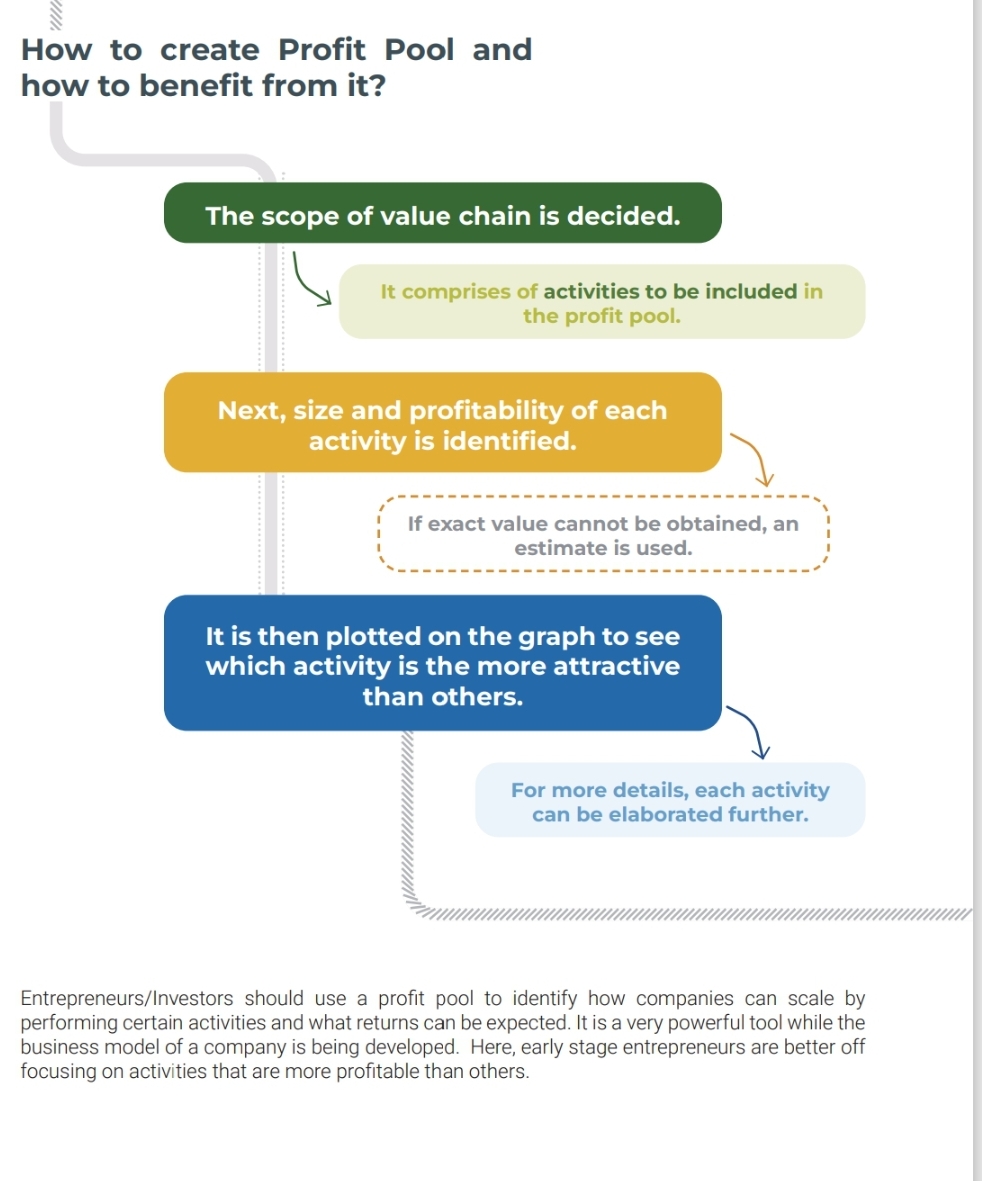
Atharva Deshmukh
Daily Learnings... • 10m
Blue Ocean strategy is a business approach that focuses more on such Blue Ocean areas. There are two types of market spaces(oceans): Blue and Red a] Blue Ocean is the new, uncontested market space, competition is negligible, increases profitability
See MoreDownload the medial app to read full posts, comements and news.




